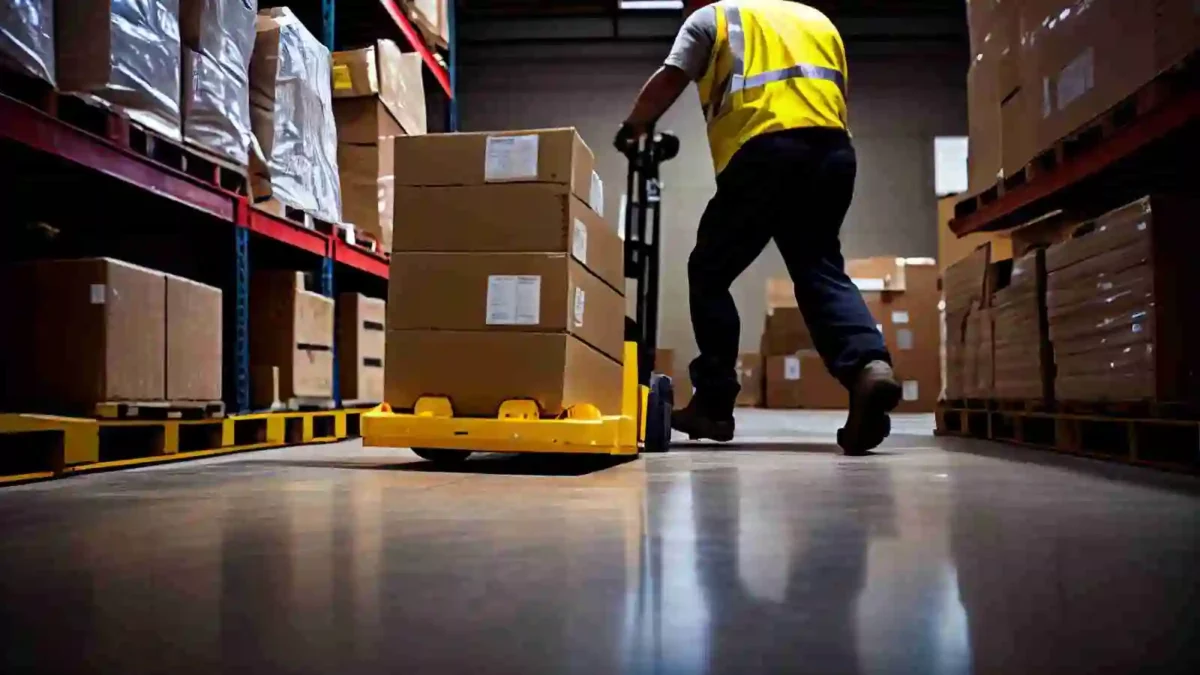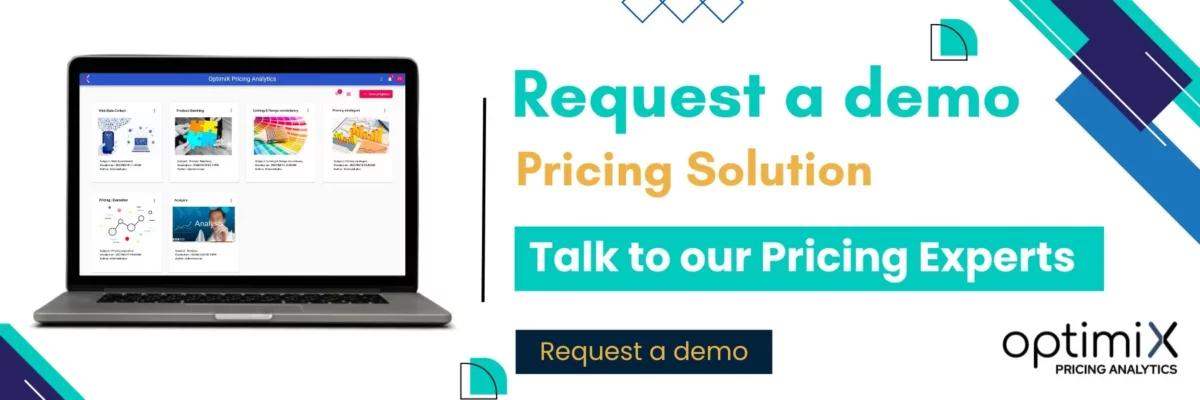In the food retail sector, optimizing prices for fresh and perishable products is a delicate but essential task. Retailers constantly have to juggle attracting consumers with competitive prices and maintaining solid profit margins.
Fresh produce, in particular, poses unique challenges due to its limited shelf life and unpredictable fluctuations in demand.
For pricing and revenue managers, managing these variables effectively is crucial to minimizing losses and maximizing profits.
The integration of pricing solutions based on AI and Machine Learning represents a significant advance, enabling fine data analysis and dynamic price adjustments in real time.
The Complexity of Managing Fresh and Perishable Produce
Demand fluctuations
Fresh and perishable products are particularly sensitive to variations in demand. These fluctuations may be influenced by seasonal factors, changes in consumer preferences, or special events. For example, demand for fresh fruit and vegetables may rise during the holiday season, or fall in winter for certain products.
Retailers therefore need to be able to react quickly to these variations and adjust prices accordingly.
Consumer price sensitivity
Consumers are particularly sensitive to the price of fresh and perishable products, as these items account for a significant proportion of their daily food budget. A slight price variation, even a few cents, can have a considerable influence on purchasing decisions.
For example, a price cut on in-season fruit can lead to a significant increase in sales, while a price rise could discourage customers from buying these products. Understanding this sensitivity is crucial for food retailers.
This requires a detailed analysis of sales data and an in-depth understanding of buying behavior. Using advanced analysis tools, retailers can segment their customers and identify price sensitivity thresholds for each segment.
This information makes it possible to adjust prices strategically to attract customers, increase sales volumes and maximize profitability, while avoiding the negative effects of price increases on demand.

The importance of equipping yourself with an AI-integrated pricing tool
Precision and reliability
Pricing tools incorporating advanced Machine Learning and AI algorithmic engines offer unrivalled accuracy and reliability in managing prices for fresh and perishable produce.
These tools analyze massive volumes of historical and real-time data to identify patterns and trends that escape traditional analysis methods. They take into account a multitude of variables, such as seasonal trends, local demographics, promotions, and customer buying behavior.
This approach makes it possible to adjust prices with greater precision, optimizing profit margins while meeting consumer expectations. What’s more, the reliability of the forecasts generated by these algorithms enables more informed pricing decisions to be made more quickly, reducing the risk of human error.
This enables retailers to react in real time to market fluctuations and changes in consumer behavior, guaranteeing optimal price and inventory management.
Reactivity and adaptability
The food retail environment is dynamic and rapidly changing. AI-based pricing tools enable retailers to react quickly to fluctuations in demand and changes in the market. For example, in the event of a glut of certain fresh produce, the algorithms can propose real-time price adjustments to encourage sales and avoid losses. Similarly, in periods of high demand, these tools can recommend price increases to maximize profits without alienating customers.
Automation and efficiency
Modern pricing tools automate many manual processes, freeing up time for pricing and revenue management teams. Dynamic price adjustments, based on real-time data, enable more efficient and consistent price management. This automation also reduces the risk of human error, and ensures smoother management of inventory and profit margins.
Personalization and targeting
Machine Learning and AI engines can also personalize pricing strategies according to customer segments. By analyzing the purchasing behavior and preferences of different market segments, these tools can recommend specific prices to maximize customer attraction and loyalty.
This personalization enables us to respond in a more targeted way to consumers’ expectations, thus improving their satisfaction and loyalty.
“Optimize your prices and anticipate future market trends.
Thanks to OptimiX
Pricing Analytics, stay on top of pricing changes to stay competitive. “
Integration of Optimization Tools into Pricing Strategy
Team training
To take full advantage of price optimization tools, it is essential to train pricing and revenue management teams in their use. This includes understanding the algorithms used, interpreting the data provided and implementing price recommendations.
Good training ensures that teams can use these tools effectively and make informed decisions.
Inter-departmental cooperation
Optimizing the prices of fresh and perishable products requires close collaboration between different departments within the chain, notably purchasing, sales and marketing.
Sales data and price adjustments must be shared in real time to ensure optimal coordination.
This collaboration enables us to implement coherent pricing strategies and maximize synergies between the various departments.

The Importance of Taking Change Management into Account
When integrating advanced pricing optimization tools based on AI and Machine Learning, it’s crucial to consider change management within the teams and departments concerned.
The introduction of new technologies can generate resistance and concerns, particularly with regard to the reliability of tools and the impact on employees’ roles and responsibilities. A well-planned change management strategy can ease the transition and ensure the buy-in of all stakeholders.
The first step is to clearly communicate the objectives and benefits of using these tools, explaining how they will help reduce losses, optimize profit margins and improve customer satisfaction.
It is also essential to train employees to use the new tools, by providing them with appropriate training and support materials.
This training must include not only the technical aspects, but also an understanding of the analyses and recommendations generated by the algorithms.
In addition, it’s important to create a collaborative environment where employees can share feedback and suggestions for improving processes. Involving teams from the outset of the project helps to overcome any reluctance and reinforce buy-in.
Regular feedback sessions and adjustments based on user comments will contribute to smoother adoption and greater operational efficiency.
By taking change management into account, food retailers can maximize the benefits of price optimization tools, while ensuring a smooth transition and maintaining a high level of motivation and satisfaction among their teams.
—————————————
Price optimization for fresh and perishable products is a major challenge for food retailers, requiring a combination of precise analysis, responsiveness and cross-departmental collaboration.
AI and Machine Learning-based tools offer powerful solutions for adjusting prices in real time, reducing losses and maximizing profits.
However, the success of this technological transformation also hinges on effective change management, ensuring that teams are fully on board and trained.
By exploring these innovations further, Pricing and Revenue Managers can discover new opportunities to improve offer personalization and logistics optimization, guaranteeing greater customer satisfaction and sustainable profitability.
The future of food retailing lies in intelligent, technological price management, where innovation and adaptability are the watchwords.






